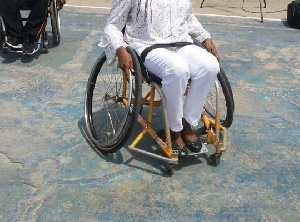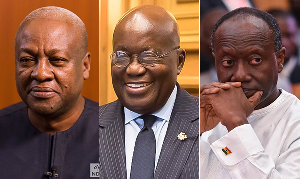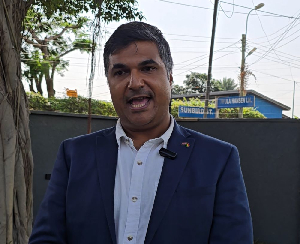According to the World Bank and the World Health Organization’s (2011) World Report on Disability, one billion people in the world, or approximately 15% of global population have some sort of disability.
About 15% of adults worldwide have moderate disability, while 2-3% have a severe disability. About 5% of children worldwide (93 million) have a moderate disability, while 7% (13 million) have a severe disability (WHO, 2011).
The International Classification of Functioning, Disability and Health (ICF), defines disability as dysfunction at one or more of these levels; impairments, activity limitations and participation restrictions.
Impairments from this definition looks at problems in body function and structure such as significant deviation or loss. With this definition, disability can be experienced if one has a missing internal or external body part or if any of the internal or external body parts does not seem “normal” or if any of the internal or external body parts does not seem to perform their functions as expected.
If one cannot perform a task with any of the body parts as expected and if any of the situations mentioned earlier prevents one from engaging in a social activity or perform a social role then activity limitations and participation restrictions are experienced respectively by the individual.
These definitions were arrived at after series of debates, research, mass social action and awareness creation on the subject of disability.
Even in Ghana, some tribes and cultures still hold unto some myths and misconceptions on the subject of disability. People’s understanding of disability and its related issues tell how persons with disabilities are treated in their various communities.
These milestone of getting people to accept the above-mentioned definitions were achieved through the development of models and frameworks over the years. These frameworks are developed to guide and understand disability issues.
They provide basis to devise strategies to meet the needs of disabled people. It helps in determining people’s intention to act or not to act towards persons with disabilities.
The journey towards getting people to understand the construct of disability or in other words determining why people behave the way they do towards the disabled can be traced to the following; morality, religion, social, medical and biopsychosocial models, etc. The emphasis in this piece is placed on the moral and the religious models and how they influence people’s understanding and attitudes towards the disabled.
From the moral model or framework perspective, it is historically the oldest. They consider disabled persons as being morally responsible for their own conditions. For example, disability is seen as a result of sins committed by the person or their parents in another world or presently.
They associate disability with shame and stigma (direct (personalised) and courtesy stigma). Behaviours exhibited towards the subscribers of these model include hatred, ostracism (refusal of communities to deal with such families) or in some extreme circumstances death for the disabled person.
The religious model of disability on the other hand views disability as being the results of evil spirits, the devil, witchcraft or God's displeasure towards the individual.
In some societies (Judea-Christian), disability is seen as reflecting the "suffering Christ". The believers of this model, consider disability as a necessary affliction to be suffered before some future spiritual reward. Ritualistic interventions, thus exorcisms (deliverance in Christianity terms), purging (bathing/oiling), care or acts of mercy, pity etc. are some of the treatment disabled people are subjected to by subscribers of this ideology.
This model insinuates that disabled people or their families are guilty of some unknown actions or have sinned against a god or deity, and that caused their impairments.
In conclusion, models of disability are devised by people about other people. They provide an insight into the attitudes, conceptions and prejudices of society and how they impact on the disabled person.
They reveal ways I which society provides or limits access to work, goods, services, economic influence and political power for people with disabilities.
The moral and religious models see disabled people as dependent on society and result in paternalism, segregation and discrimination. Models change as society changes. Given this degree of understanding, our future objective as a nation and healthcare professions should be to develop and operate a cluster of models which will empower people with disabilities, giving them full and equal rights alongside fellow citizens.
By: Nana Bredu-Darkwa Peter
Occupational therapist
Disability and Public Health Consultant
Email: Manbredu@gmail.com
References
International Classification of Functioning, Disability and Health (WHO (ICF), 2011).
World Health Organisation (2011). World disability report [online]. Available at: http// www.who.int[Accessed on June 20, 2020].
Opinions of Tuesday, 30 June 2020
Columnist: Nana Bredu-Darkwa Peter















